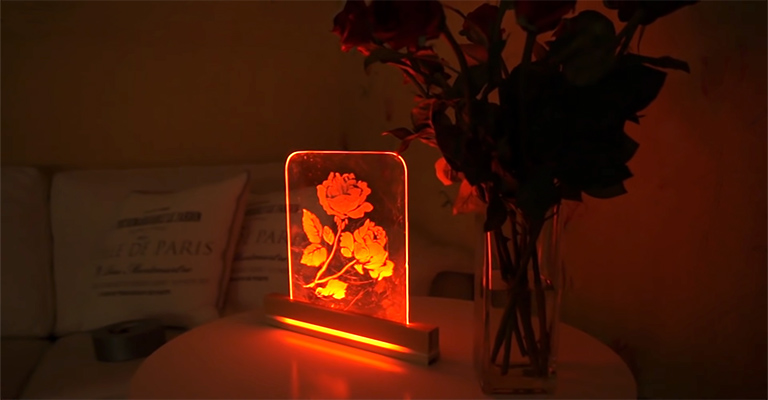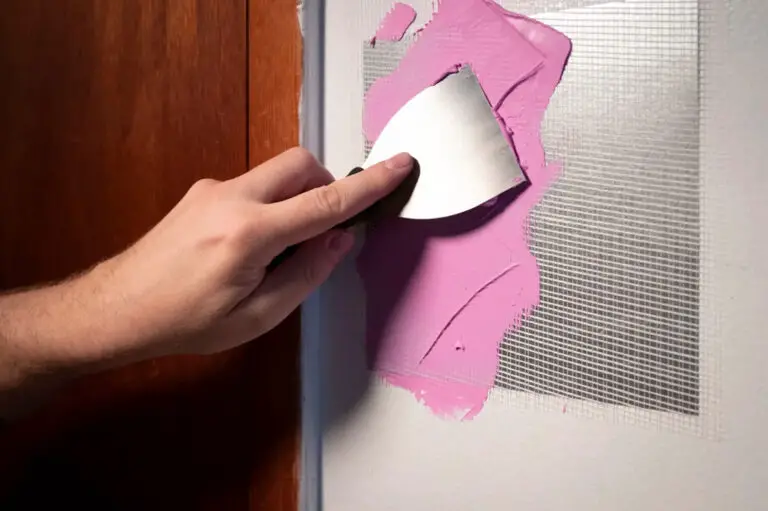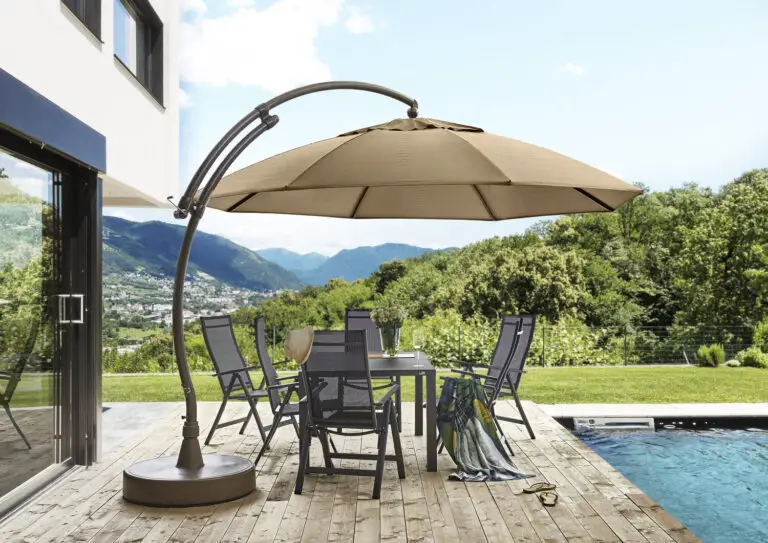Coffered Ceiling: Beauty, Benefits, and Installation
If you’ve ever gazed upward inside a grand residence or a historic building, you might have noticed intricately designed ceilings adorned with deep recessed panels. These are known as coffered ceilings.
Not only do these ceiling types add an undeniable touch of elegance, but they also come with several practical benefits. In this guide, we will explore the beauty, advantages, and the installation process of coffered ceilings.
What is a Coffered Ceiling?
The term “coffer” stems from the Old French word “cofre,” which means chest or box. Essentially, a coffered ceiling is made up of a grid of bold beams or mouldings, creating a pattern of recessed panels or ‘coffers’. They have been used throughout history, with early examples found in ancient Greek and Roman architecture.
Beauty and Aesthetic Appeal
Coffered ceilings are revered for their aesthetic appeal. They immediately elevate the appearance of a room, providing a classic, sophisticated, and timeless vibe. Whether you’re aiming for a traditional, modern, or transitional space, coffered ceilings can be customized to suit the desired ambiance. Various designs, colors, and materials can be chosen to either make them a statement feature or to subtly complement the room’s existing decor.
Benefits Beyond Beauty
Acoustic Enhancement
One of the under-touted advantages of coffered ceilings is their acoustic properties. The design inherently aids in reducing echo, making it beneficial for rooms where sound quality matters, like home theaters or music rooms.
Increased Home Value
Installing a coffered ceiling can potentially boost the value of your home. Such architectural details differentiate homes in a market saturated with standard designs.
Improved Lighting Dynamics
The depth and dimension created by the recessed panels can work wonders with lighting. Strategic placement of light fixtures within or around the coffers can lead to beautifully dispersed light and intriguing shadow play.
Coffered Ceiling Installation
While coffered ceilings look intricate, their installation doesn’t always need to be complicated. However, the process does require meticulous planning.
Plan the Layout
Start by deciding the size and number of coffers you want. Ensure that the layout complements the room’s size and shape. Remember, the larger the room, the bigger the coffers can be. For smaller rooms, consider shallower and smaller coffers to avoid a claustrophobic feel.
Choose Materials
Traditional coffered ceilings were made of heavy wood. However, modern advancements allow for lighter materials like foam or MDF. These are easier to install and can be just as durable when properly installed.
Installation
The process usually involves the following steps:
1. Set the Perimeter: Begin by setting a border or perimeter beam around the room.
2. Place Main Beams: Once the perimeter is in place, you can begin adding the main beams based on your planned grid pattern.
3. Add Cross Beams: These will intersect with the main beams to create the coffers.
4. Finish & Paint: Once the structure is in place, you can paint, stain, or finish the beams and panels as desired.
Professional Help
If you’re not a seasoned DIY enthusiast or if you’re aiming for a more intricate design, consider hiring a professional. They can guide you through the process, ensuring both safety and desired aesthetic results.
Maintaining and Refurbishing Coffered Ceilings
Once you’ve installed or inherited a coffered ceiling in your space, it’s essential to maintain its pristine appearance. Over time, like any other architectural feature, coffered ceilings may require some touch-ups.
Maintenance Tips
Regular Dusting
Dust and cobwebs can accumulate in the recesses of the coffers. Use a soft duster or a vacuum with a brush attachment to clean the panels and beams regularly.
Avoid Moisture Damage
If your coffered ceiling is made from wood or MDF, it’s crucial to keep the room’s humidity levels in check. Excessive moisture can cause warping or mold growth. Consider using a dehumidifier in humid climates or seasons.
Inspect for Cracks or Damage
Periodically inspect the beams and panels for any signs of wear, cracks, or damage. Early detection can save significant refurbishing costs in the future.
Refurbishing Older Coffered Ceilings
If you’ve moved into a home with an existing coffered ceiling that’s showing signs of age, don’t despair. With a little effort, these ceilings can be restored to their original glory.
Repair Damaged Sections
If some panels or beams are damaged, consider replacing or repairing them. For minor cracks, wood filler or caulk can do the trick.
Repainting or Staining
Over time, paint can fade or chip, and wooden beams can lose their luster. A fresh coat of paint or a new stain can instantly rejuvenate the ceiling’s appearance. When repainting, start with a primer to ensure even coverage and long-lasting results.
Update the Design
If you feel that the existing design is outdated or doesn’t match your aesthetic, consider making modifications. This could involve changing the color scheme, modifying the size of the coffers, or even integrating modern lighting solutions.
The Timelessness of Coffered Ceilings
Coffered ceilings, reminiscent of the grandeur of ancient Rome, have transformed the ordinary flat surface of many a ceiling into an architectural masterpiece. These sunken panels, often seen in dining rooms, draw the eye upward and turn the entire room’s fifth wall into a focal point. While most coffered ceilings feature square or rectangular grids, more innovative designs are now venturing into octagonal grids, adding further depth and distinction.
It’s not merely about aesthetic appeal; these ceiling details serve a functional purpose too. Beyond beautifying a room, coffered ceilings help absorb sound, especially beneficial in spaces with high foot traffic. Furthermore, they offer an opportunity for homeowners to experiment with ceiling height. By incorporating decorative molding, these ceilings can create an illusion of higher or lower ceilings, based on the design. For those who find the intricate multiple segments of coffered ceilings too daunting, a simpler tray ceiling could offer a middle ground, granting a touch of architectural detail without the complexity.
When assessing the feasibility of adding this timeless ceiling detail, it’s essential to consider factors like square footage and existing ceiling height. Lower ceilings might be overwhelmed by deep, large coffers. However, whether you’re aiming to recreate the opulence of ancient Rome or merely wishing to elevate a dining room, there’s no denying that coffered ceilings have the prowess to transform a simple flat surface into a breathtaking canvas that draws every eye upward.






